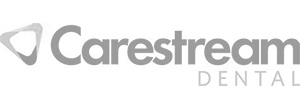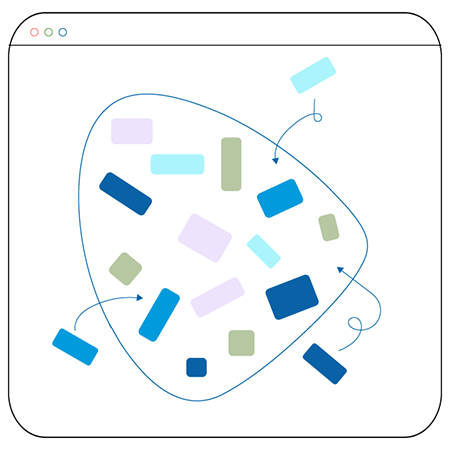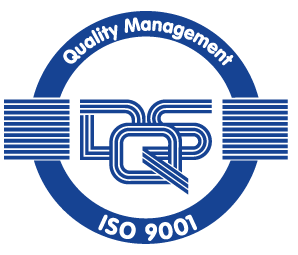
Data is the lifeblood of the enterprise, and its formats are as diverse as they are varied, ranging from relational databases built from strict rules to your latest Facebook post.
Regardless of the format, all this data can be classified into two categories : Structured data and unstructured data.
Structured data is information that can be organized in a structured way and assigned labels. Unstructured data, on the other hand, is a more flexible form of information that includes text, comments and images – such as those shared on social media.
Structured data is any data that is in a fixed field in a record or file. This includes data from relational databases, spreadsheets and other sources. Unstructured data is any type of data that does not have a predefined data model, such as documents, emails, web pages, video content and more.























Regardless of whether you use structured or unstructured data, the integrity of your data is paramount to making it a trusted source. It’s better to utilize proven practices for maintaining data integrity and techniques for managing data with recognized standards to ensure the integrity of your data.
Ingedata, as an experienced partner, can help you increase the quality of all your data.










Data collection consists in gathering information from several sources in order to compare, verify and select reliable data, reinforcing the trustability of your databases.

Information on a product can be split among a large number of documents. These documents are aggregated in a unique and structured database, so all your data is in one place.

When data is missing in your database, data enrichment techniques allow not to leave it blank but to fill the information by actively looking for it. These techniques do not only rely on internet search and can also include direct contact with organizations and individuals who own the information.

In addition to automated data cleaning techniques, manual cleaning tasks add a layer of human interpretation by domain experts to ensure that, even when data is there, it is effectively relevant, verified and useful.

Data normalization guarantees that your database is fully exploitable. It consists in converting all fields in the same units and formats for you to then crunch the data and take sound decisions.



Data collection consists in gathering information from several sources in order to compare, verify and select reliable data, reinforcing the trustability of your databases.



Information on a product can be split among a large number of documents. These documents are aggregated in a unique and structured database, so all your data is in one place.



When data is missing in your database, data enrichment techniques allow not to leave it blank but to fill the information by actively looking for it. These techniques do not only rely on internet search and can also include direct contact with organizations and individuals who own the information.



In addition to automated data cleaning techniques, manual cleaning tasks add a layer of human interpretation by domain experts to ensure that, even when data is there, it is effectively relevant, verified and useful.



Data normalization guarantees that your database is fully exploitable. It consists in converting all fields in the same units and formats for you to then crunch the data and take sound decisions.



We have business experts in fashion for data annotation, among others based on an ontology created by the Institut Français de la Mode.
Understanding market trends to lead a luxury brand’s decisions on their future collections.
With more than 100 projects, our know-how in production management and quality assurance is based on proven methodologies in the most demanding industries.

At Ingedata, your projects are designed and built in-house, from our secure production centers.
Control the confidentiality of your data by always knowing where and to whom you are sending your data.

Ingedata's annotators have a bachelor's degree, an engineering degree or a doctorate in your field.
All our teams work from our production centers and adapt the preparation of the data to your requirements.

We collect, enrich and categorize your data, manage borderline cases to build you own datasets.
Accelerate the optimization of your algorithm using data prepared just for you.

Rely on a dedicated Ingedata team. Our Know-how relieves you from coordination efforts and ensures team flexibility to adapt to your specific constraints.




Proudly awarded as an official contributor to the reforestation project in Madagascar (Bôndy - 2024)